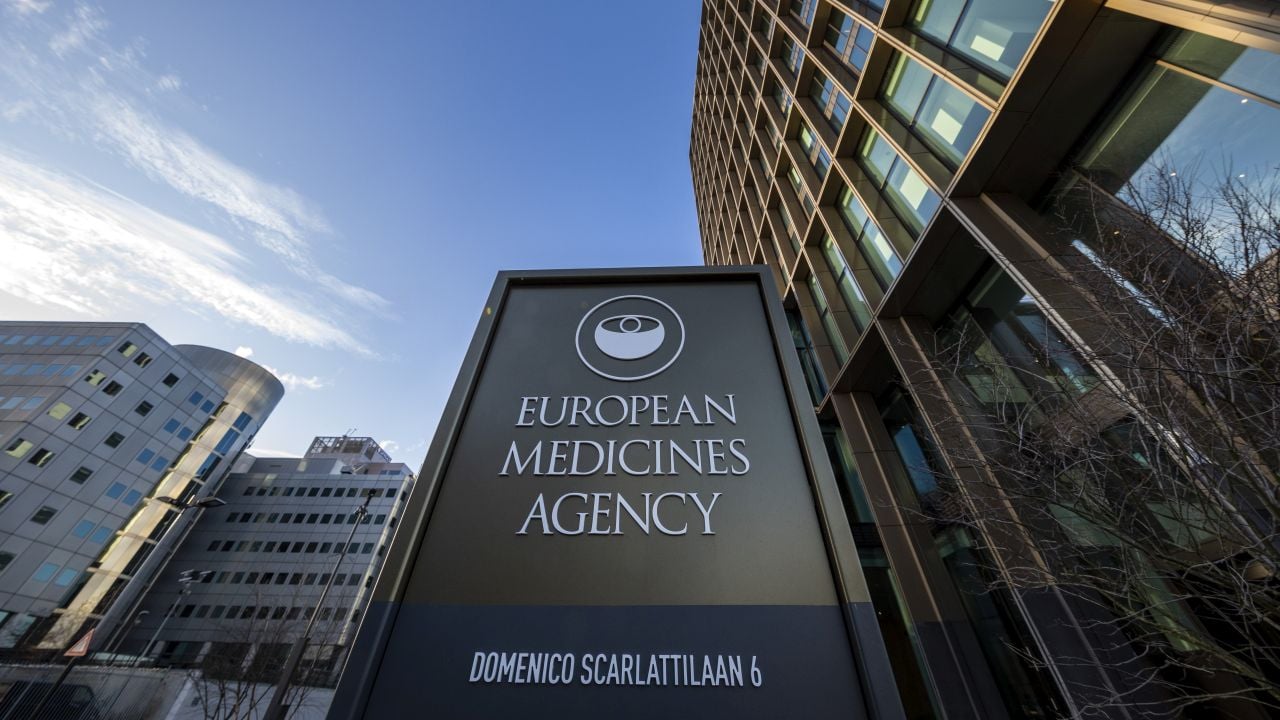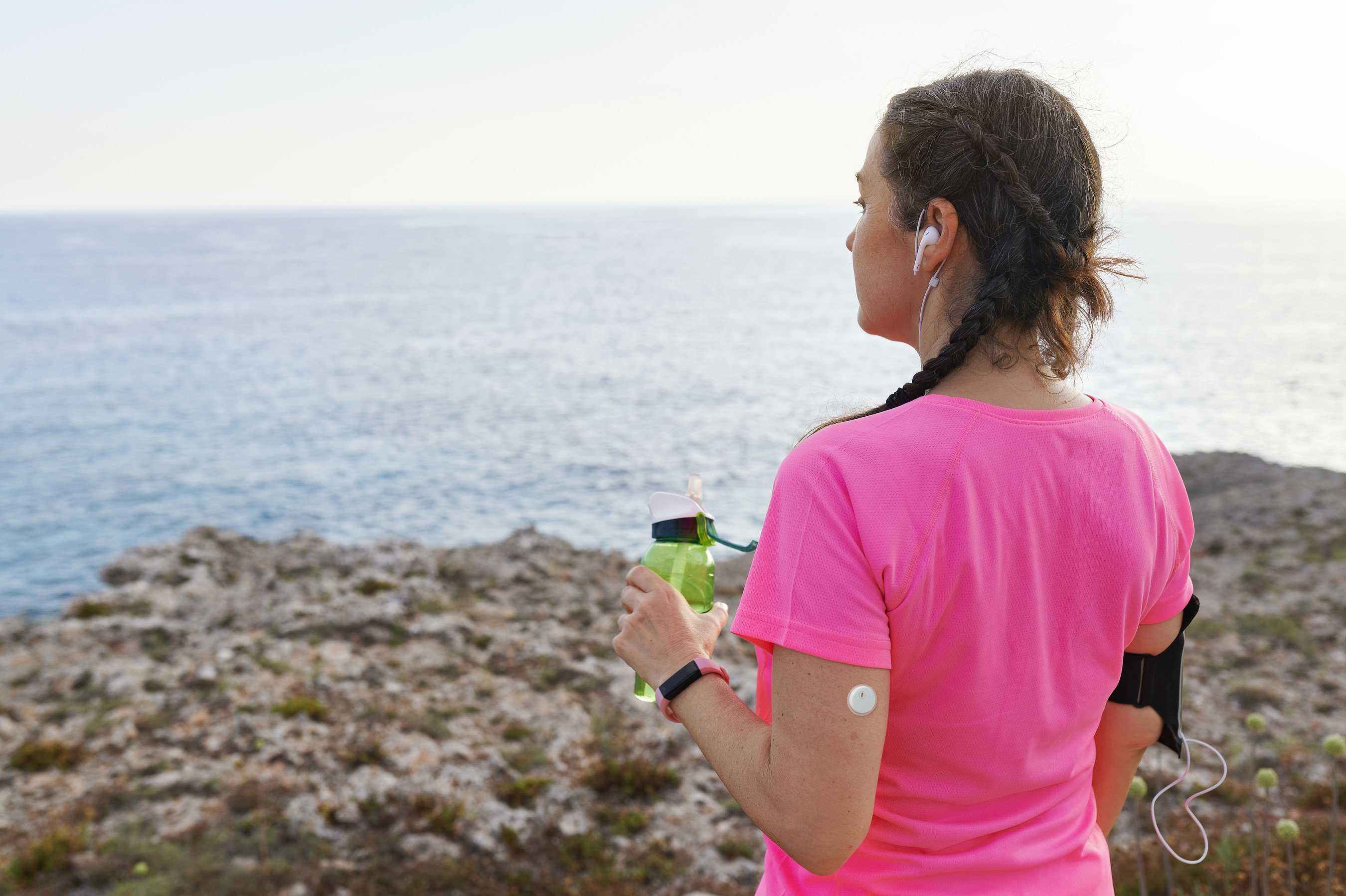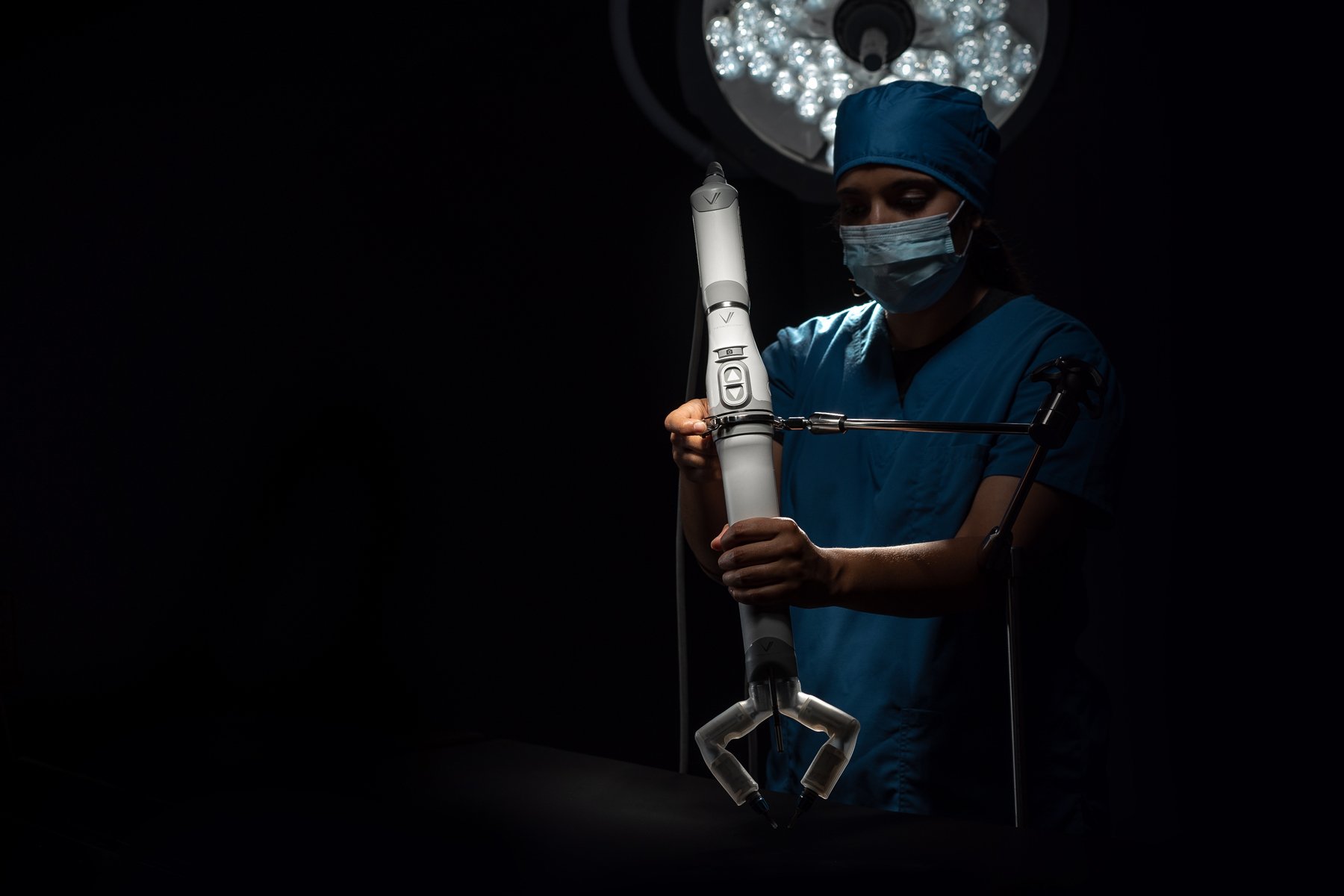Development of Substrate‐Independent Antifouling and Bactericidal Surfaces Using Visible Light Cross‐Linked Hydrogel Coatings for Biomedical Applications
Advanced Healthcare Materials, EarlyView.

A new antifouling, antithrombogenic, and bactericidal hydrogel coating method is developed for implantable medical devices. The hydrogel coating can be easily formed by visible-light crosslinking and is universally applicable to all substrates, ranging from polymers to metals. This study demonstrates that the hydrogel-coated surface prevents the adsorption of biological molecules (blood clots, cells, and bacteria) and effectively inhibits biofilm formation by exterminating the remaining bacteria.
Abstract
Preventing biofouling and bacterial infections are pivotal issues in developing implantable biomaterials. Zwitterionic hydrogels stand out for their antifouling effects and high biocompatibility, making them ideal for biomedical applications. However, the lack of direct bactericidal activity and the limited applicability to various materials are key challenges to be addressed in these hydrogel coatings. To address this, a dual-functional hydrogel coating with synergetic antifouling and biocidal properties is proposed to prevent the initial infection and consequent biofilm formation, which can be applied to various types of substrates. This coating is fabricated via photo-crosslinking, combining representative zwitterionic polymer, poly (sulfobetaine methacrylate) (pSBMA), with a cationic bactericidal polymer, poly (2-aminoethyl methacrylate) (pAEMA). Owing to antifouling and contact-killing properties, the p(SBMA-co-AEMA) hydrogel-coated surface can repel non-specific proteins and eradicate bacteria such as E. coli and S. aureus that overcame the antifouling barrier. These results also demonstrate that this hydrogel coating exhibits excellent biocompatibility and can be applied to various substrate materials from polymers to metals. The coating method developed in this study holds great potential for enhancing the performance and safety of various implantable biomaterials and medical devices.














































































































































